Figures & data
Figure 1 Schematic representation showing current status of clinical trials of lung cancer through delivery pathway. Created with Biorender.com.
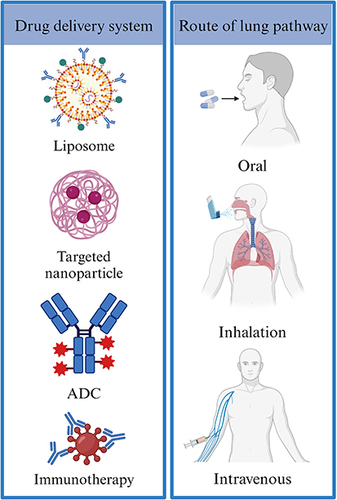
Figure 2 Diagram representing human lungs and their anatomy. On the left side of the diagram, a set of healthy lungs is shown while on the right side, a pair of diseased lung illustrates the effects of lung disease. Created with Biorender.com.
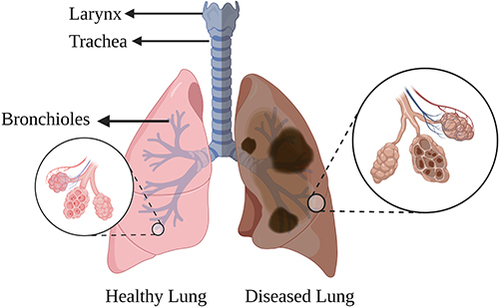
Table 1 The Synopsis and Results of Clinical Studies on Drugs Administered Orally
Figure 3 Schematic depiction of the different routes for nanoparticle drug delivery, particularly emphasizing oral administration and interactions within the intestinal barrier.Citation89 Figure (a) depicts various routes for nano-drug delivery (b) highlights challenges in oral delivery such as enzymatic degradation (pepsin, lipase, peptidase, amylase), mucus entrapment, and pH variations in the gastrointestinal tract. The enterocyte transport mechanisms involve transcytosis, direct passage, and paracellular routes, while M cells in the gut associated lymphoid tissue (GALT) play a role in antigen detection for immune response.

Figure 4 Illustration of diverse Nanodrug designs for oral administration: A Spectrum of Vesicle, Micelle, Solid, Hollow, Pored microparticles, Tube, Mesoporous and Hydrogel Architectures.
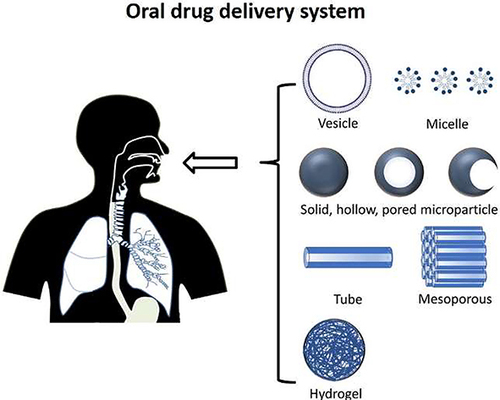
Table 2 The Synopsis and Results of Clinical Studies on Drugs Administered Through Respiratory Inhalation
Figure 5 Barriers that impact the effectiveness for treating lung infection via pulmonary drug delivery is depicted. (a) Mucociliary clearance (b) biofilm (c) pulmonary surfactant and (d) alveolar macrophage clearance.
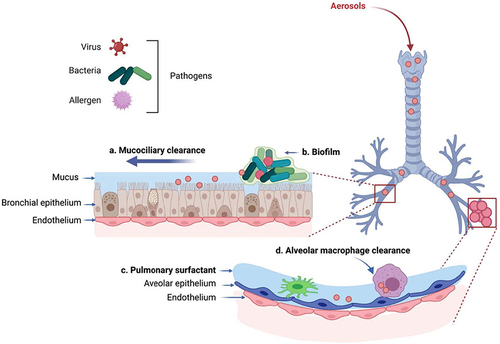
Figure 6 Nanoparticle – guided journey: The microenvironment of (A) healthy and (B) tumor tissues are compared. The chaotic components of the tumor microenvironment (hypoxic core, obstructed lymphatic drainage, insufficient pericyte population, disorganized basement membrane, and broad fenestration are used to enhance the EPR effect.
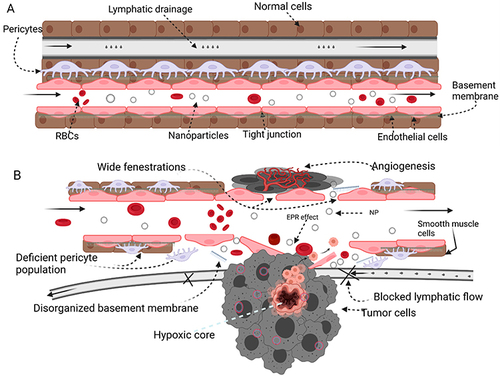
Table 3 The Synopsis and Results of Clinical Studies on Drugs Were Administrated by Vein
